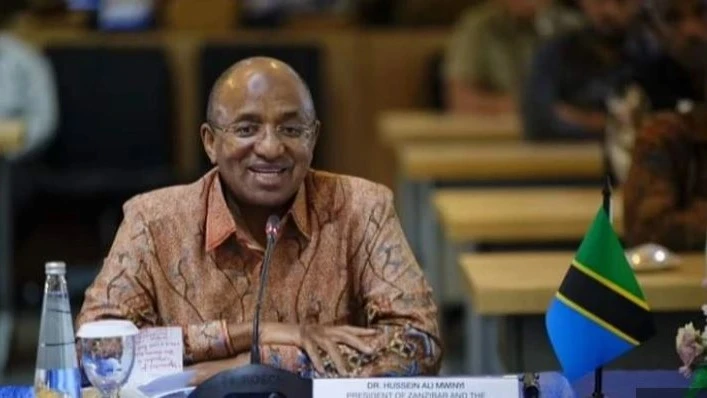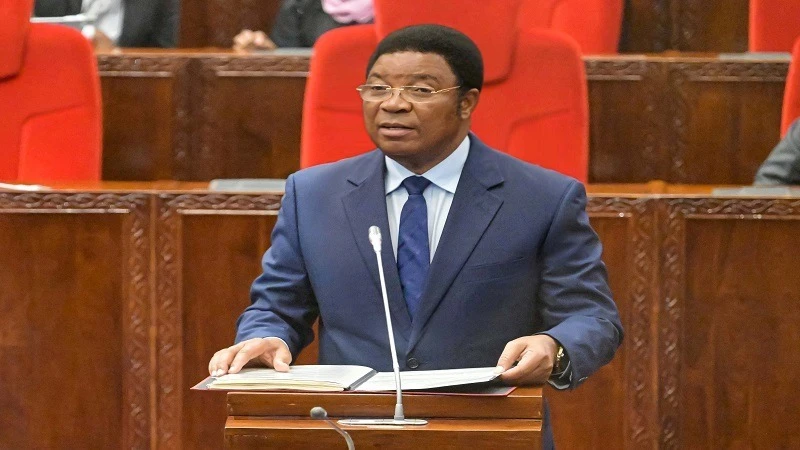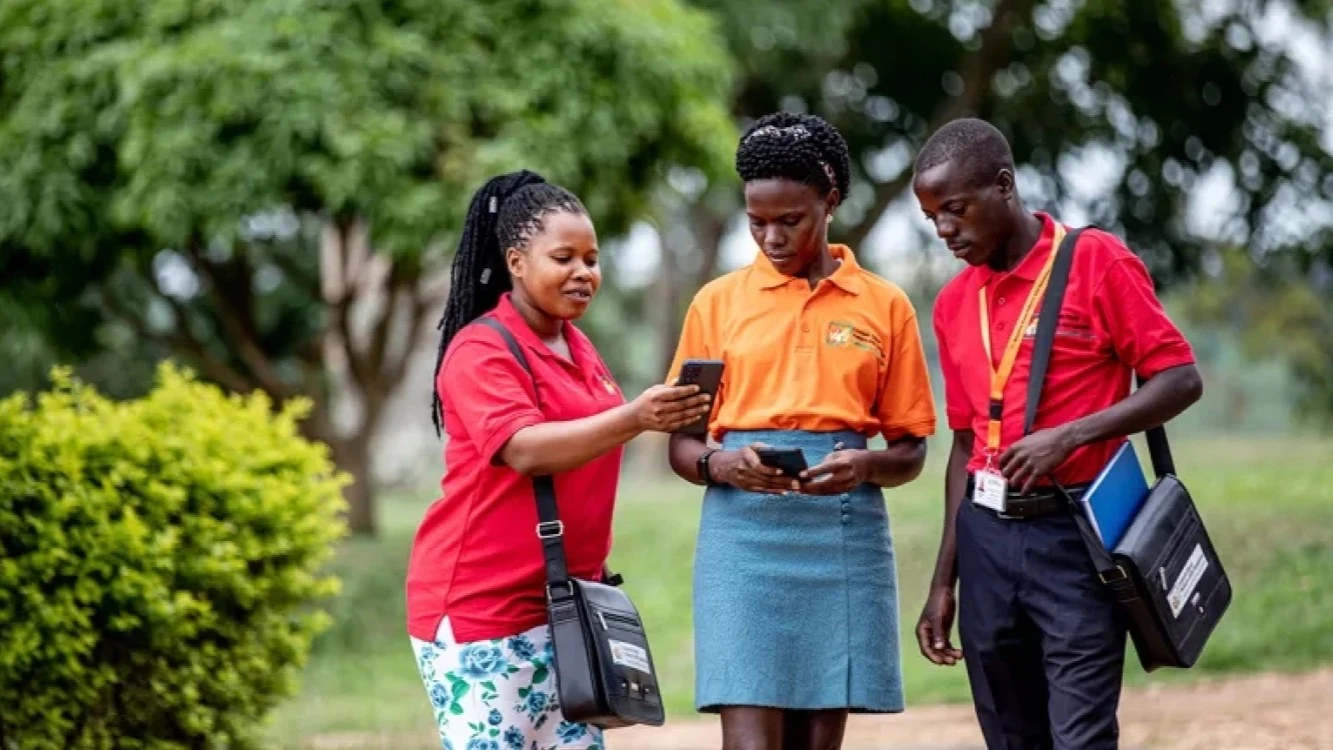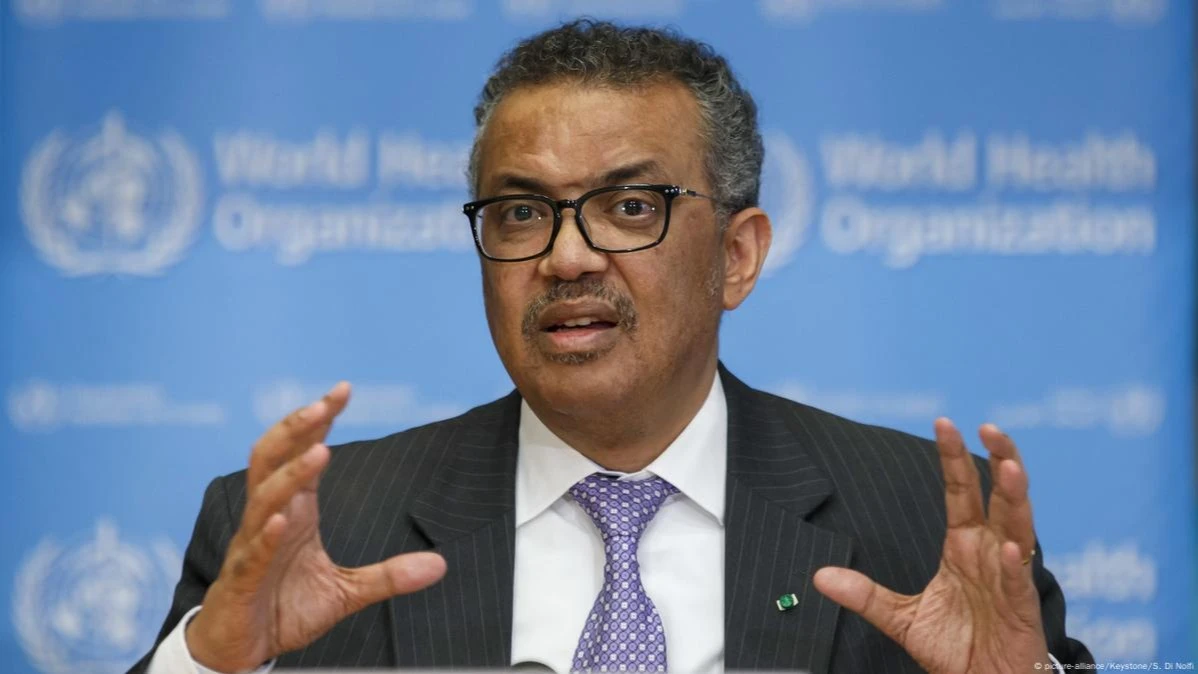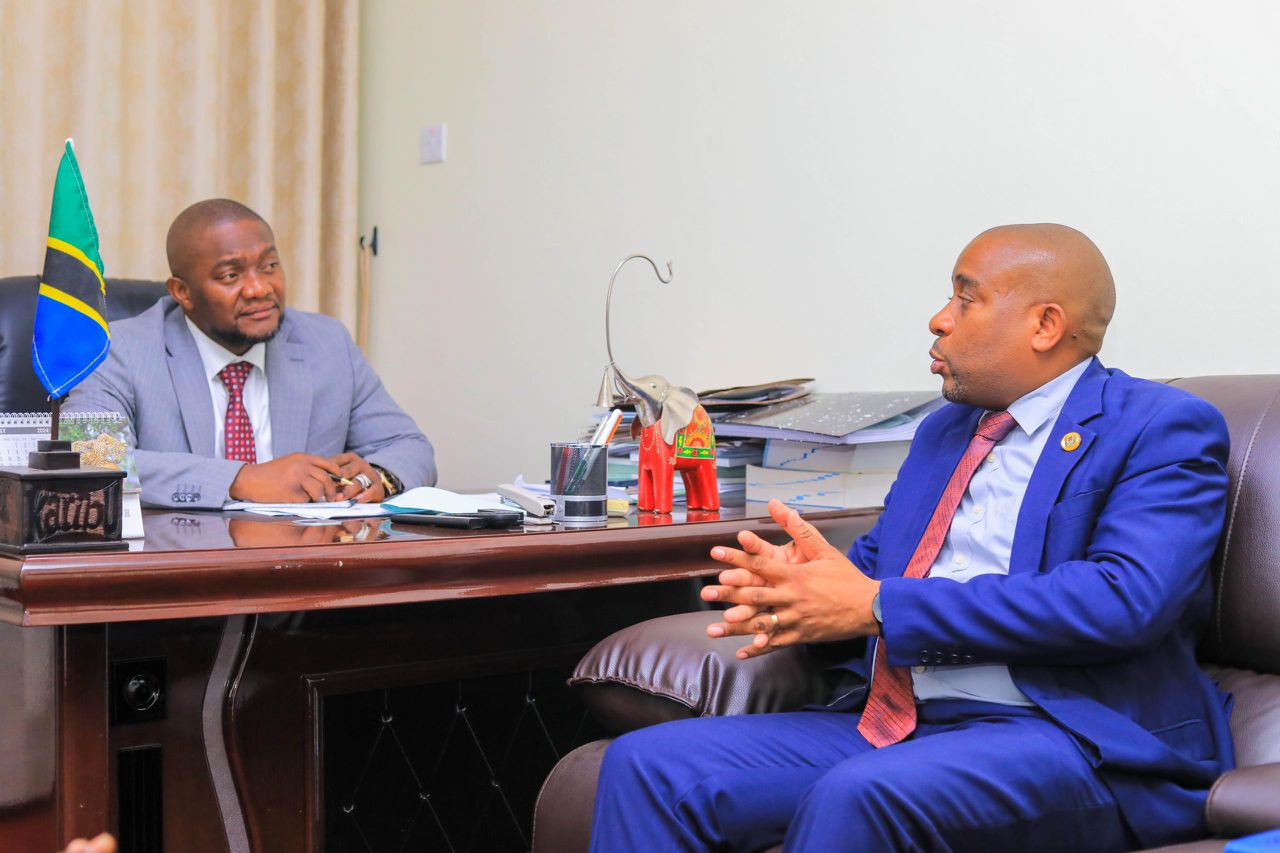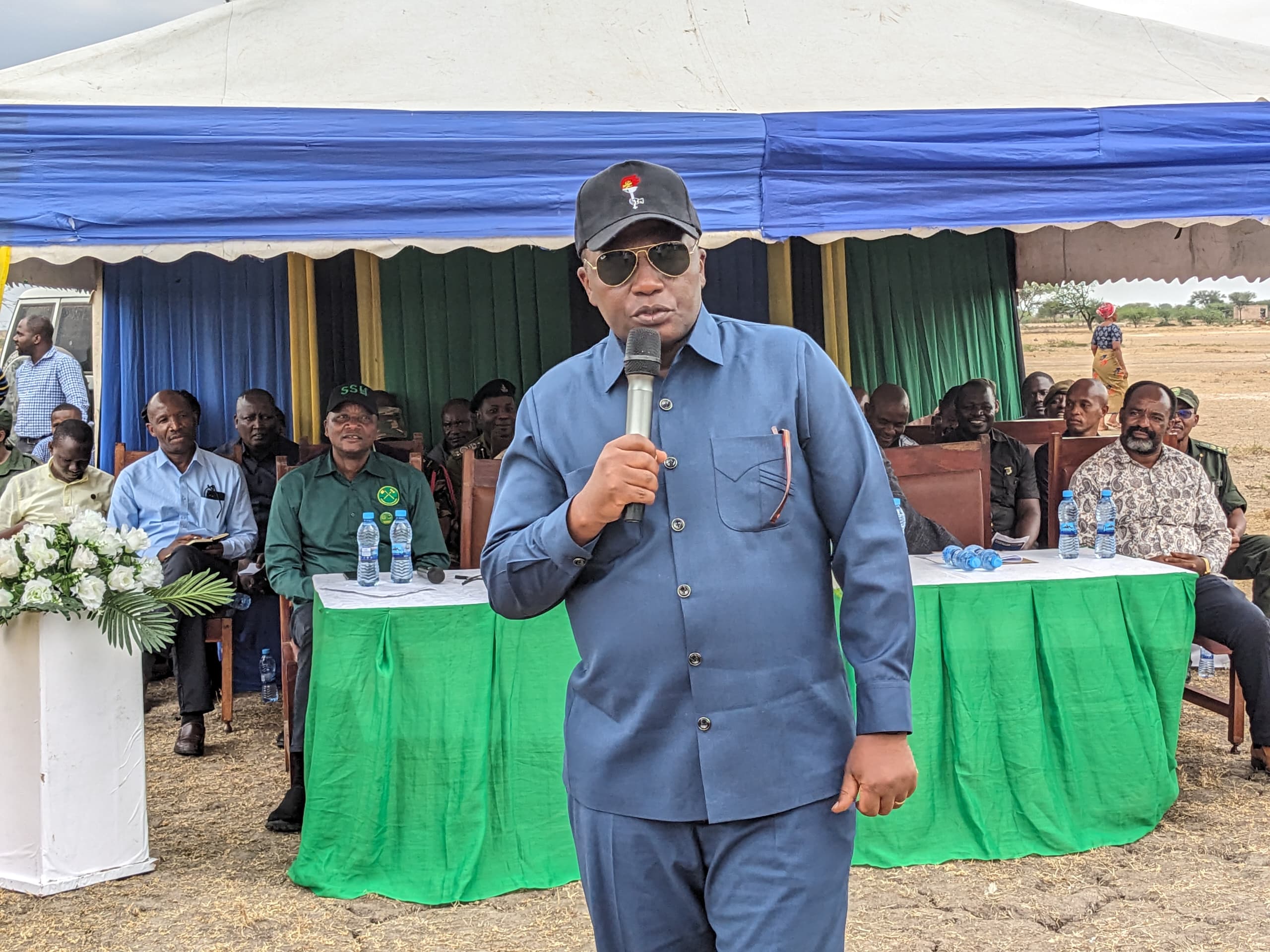Enhancing private sector participation in conservation of biodiversity
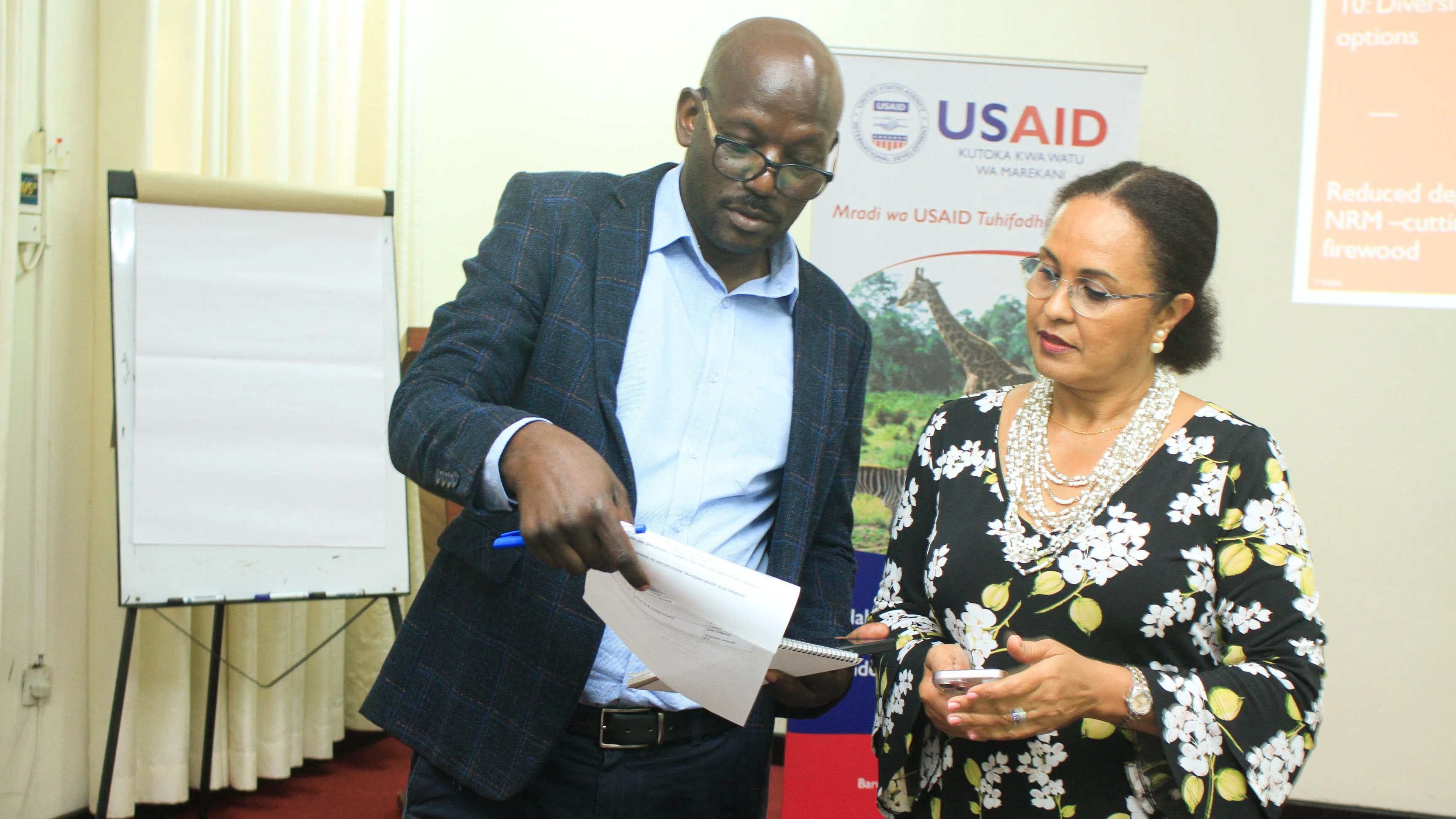
Historically, the conservation of biodiversity in Tanzania has been managed by the public sector.
From pre-independence to the 1980s, the government was solely responsible for biodiversity conservation efforts, mainly through the Ministry of Natural Resources and Tourism, with minimal private sector involvement.
However, the landscape began to shift following economic liberalization in 1990s, highlighting the limitations of a public-sector-only approach.
This period marked the beginning of increased private sector engagement, though initial efforts were modest and faced numerous challenges.
In recent decades, a collaborative model has emerged, involving both public and private stakeholders.
This approach aims to leverage the strengths of each sector to achieve more sustainable and impactful conservation outcomes, particularly in the protection of wildlife and forests.
With 40 percent of Tanzania’s land designated as protected areas—comprising reserved forests, national parks, game reserves, wildlife management areas, and protected oceans—the country is well-positioned to exploit various economic opportunities that can enhance social welfare.
Wildlife tourism, which accounts for approximately 25 percent of Tanzania’s foreign exchange earnings, underscores the critical economic impact of biodiversity conservation.
However, Tanzania’s tourism, is threatened by rampant animal poaching and trafficking, human-wildlife conflict and habitat loss, all of which harm its biodiversity.
At an editors’ seminar on conservation held last week in Bagamoyo, Dr. Elikana Kalumanga, Private Sector Engagement Manager for RTI (a USAID contractor implementing the Tuhifadhi Maliasili project), emphasized the importance of public-private partnerships in enhancing biodiversity conservation in Tanzania.
He noted that while 80 percent of tourism in Tanzania is wildlife-based, it is predominantly managed by the government, even though the private sector are the main beneficiaries.
Dr. Kalumanga highlighted the potential for private sector investment in tourism, viewing biodiversity as a significant opportunity rather than just a dependency or a risk.
He stressed the need for policies, taxation regimes, laws, and regulations that promote sustainable investment practices to minimize risks and maximize opportunities.
The five-year Tuhifadhi Maliasili project (2021-2026) aims to enhance the conservation of Tanzania’s biodiversity, improve habitat connectivity, and support community livelihoods.
Its objectives include increasing institutional capacity, boosting private sector engagement in biodiversity conservation and natural resources management, and improving the policy, regulatory, and enabling environment for these efforts.
The project supports civil society organizations in strengthening locally-led land tenure and land-use planning, which aids district and village resource management in wildlife corridors, linking conservation areas, and enhancing community resource use for economic livelihoods.
Through enhanced private participation, the project has achieved significant milestones, including financing, improved resource management expertise, and innovative techniques, as well as financial and management linkages.
Notable successes include the protection of habitats and species in the Kwakuchinja Corridor along Tarangire-Manyara, the monitoring of species, and the reduction of human-wildlife conflicts through predator-proof bomas among pastoral communities.
The project also promotes sustainable livestock keeping, organic farming practices near the Amani Nilo corridor, and provides credits to communities near conserved areas through collaboration with CRDB Bank’s iMbeju program.
The project is also providing essential equipment to the Tanzania National Parks Authority’s (Tanapa) anti-poaching team for patrols.
According to Dr. Kalumanga, the project has also facilitated market linkages among communities in connectivity areas, promoted sustainable beekeeping, diversified livelihood options, and raised awareness on biodiversity conservation.
However, Overgrazing by livestock, shifting cultivation, human-wildlife conflict (HWC), and poaching are some of the most serious threats to wildlife and habitat in Tanzania, according to Africa Wildlife Foundation.
Clement Kamendu, Chairman of the Tanzania Shippers Council (TSC), stressed the private sector’s role in preventing species extinction by combating illegal wildlife trafficking and ensuring compliance with regulations.
To bolster biodiversity protection, Kamendu recommended enhanced training and capacity building, particularly on climate change and environmental protection, and the introduction of related education at an early age.
He also called for the allocation of adequate resources for biodiversity conservation and greater involvement of youth, women, and the elderly, noting that youth constitute about 50 percent of Tanzania’s over 60 million population.
Danstan Kamanzi, Executive Director of the Tanzania Media Foundation (TMF), urged editors to nurture young journalists to write impactful stories on biodiversity conservation.
He emphasized the need for more effective media reporting to create solutions.
The Third Five-Year Development Plan (FYDP III) targets 5 million tourists generating USD 6 billion by 2025.
Zainab Msimbe, Partner - Assurance at PwC Tanzania, believes the revenue target is achievable even if the tourist arrival target seems ambitious.
She noted that with sustained growth, tourist receipts could reach USD 6.3 billion by December 2025.
According to the World Travel and Tourism Council, Tanzania’s Travel & Tourism sector contributed 18.6 trillion TZS to the national economy in 2023, surpassing the previous 2019 peak by 4 percent.
The sector is expected to continue growing, with total employment projected to reach 2.25 million by 2024, contributing significantly to job creation.
Julia Simpson, WTTC President & CEO, highlighted the sector's crucial role in driving economic development and job creation, with projections indicating continued growth and increased employment in the coming years.
Top Headlines
© 2024 IPPMEDIA.COM. ALL RIGHTS RESERVED


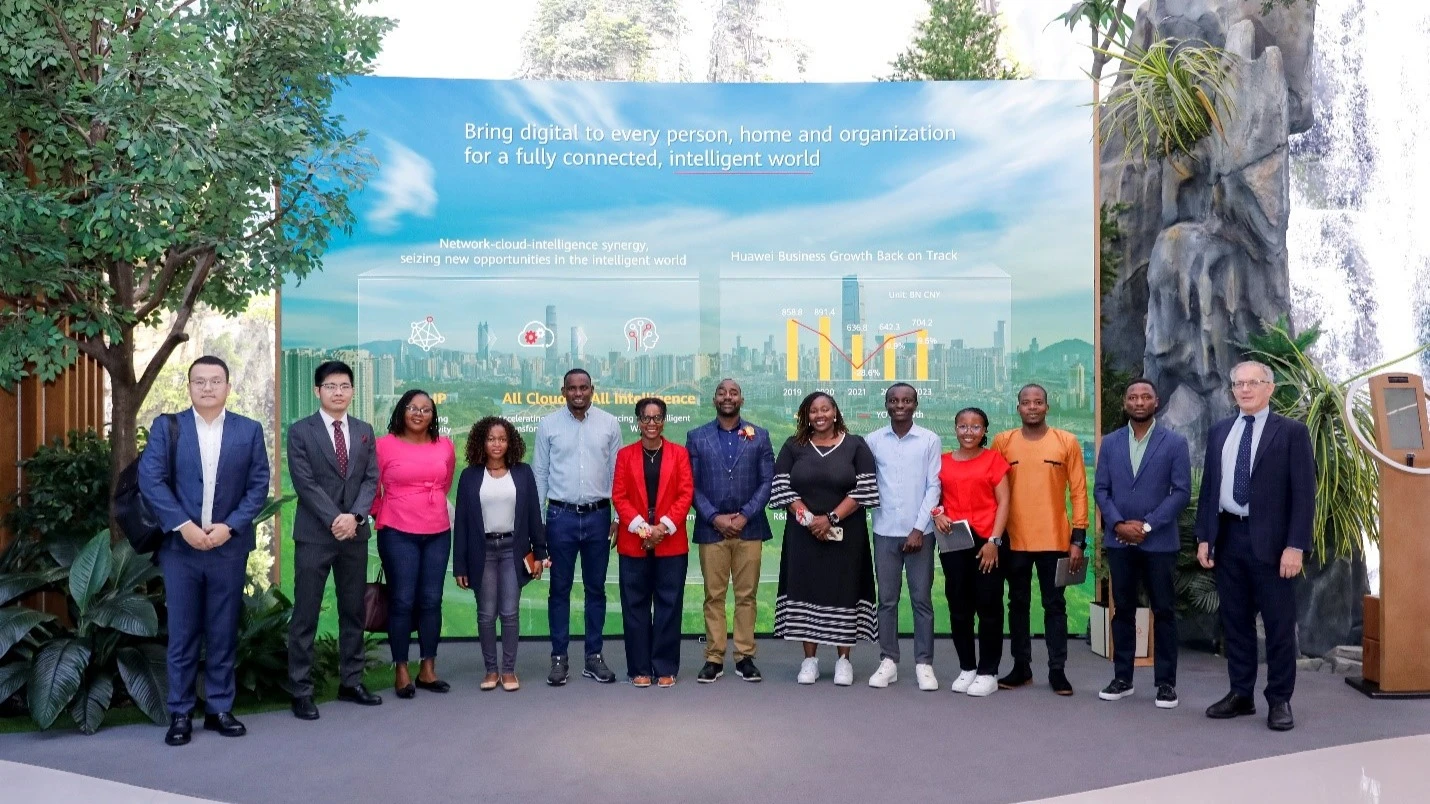








![The CEO of Flightlink Limited Mr. Munawer Dhirani and DTB Tanzania CEO, Mr. Ravneet Chowdhury [center] during the unveiling ceremony of the 72-seater ATR 500 aircraft over the weekend. Other officials present at the function are Chief Operating Officer.](https://ippmedia.com/storage/post-feature-images/01J75Y6DM8PY93SGFZD4GYPXJ4.webp )


